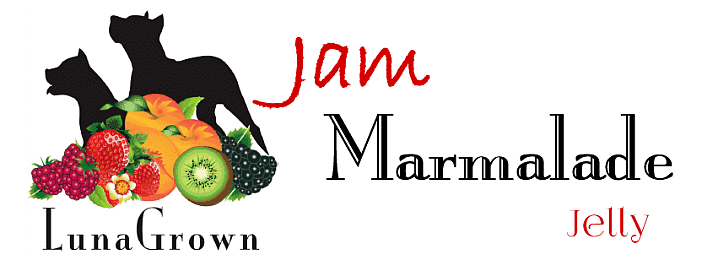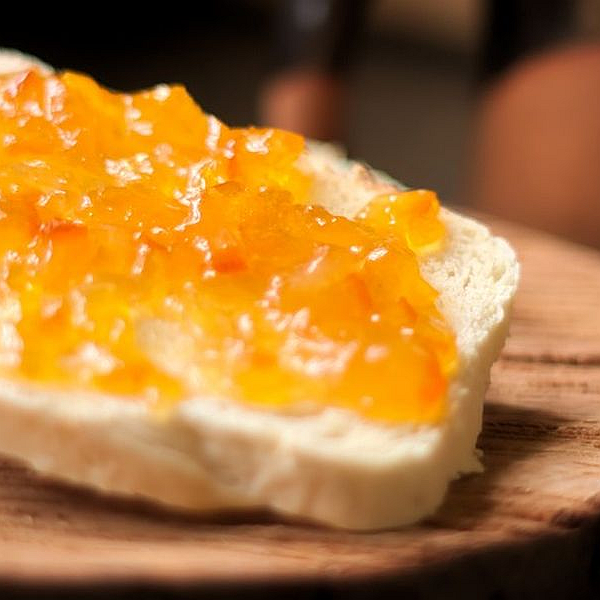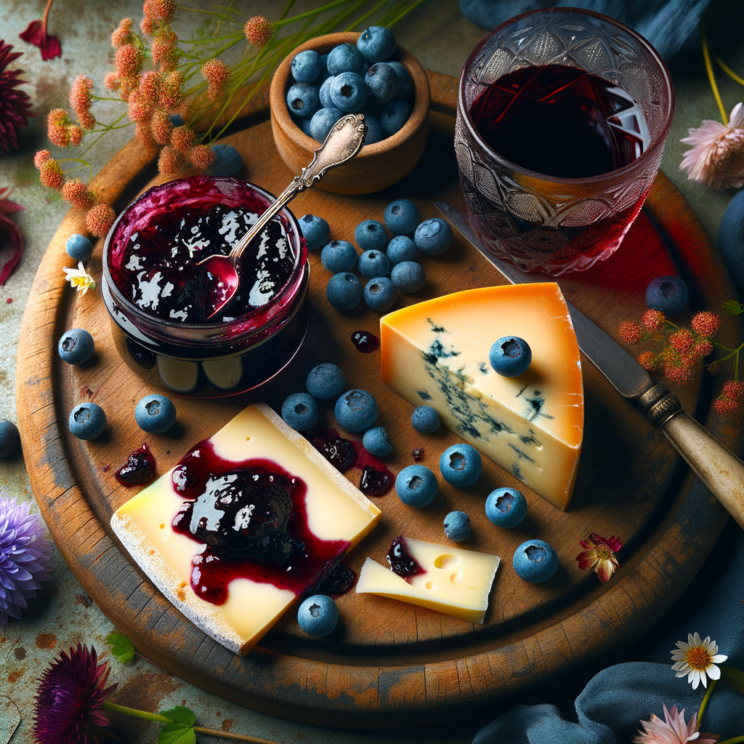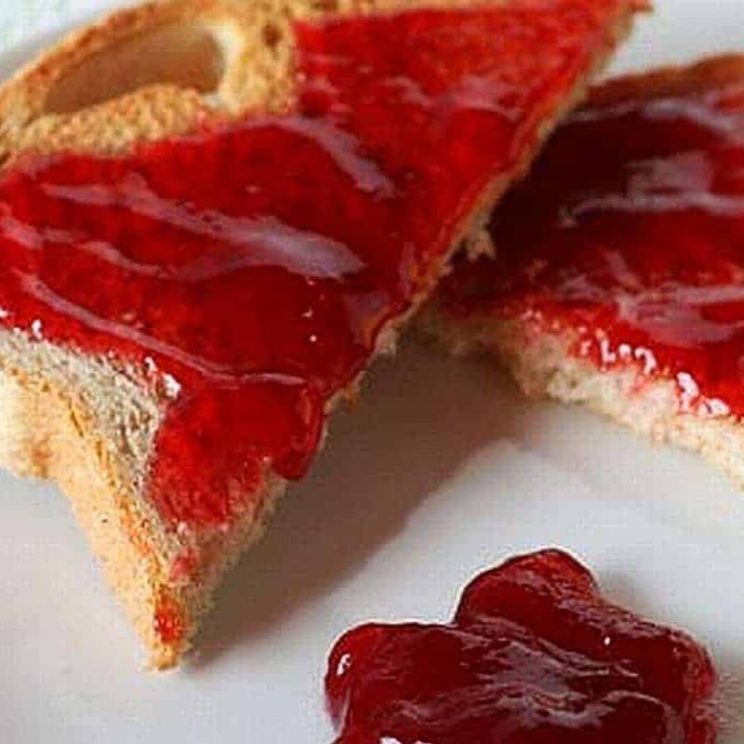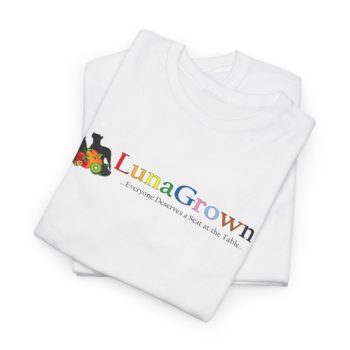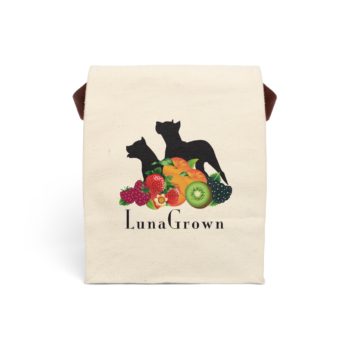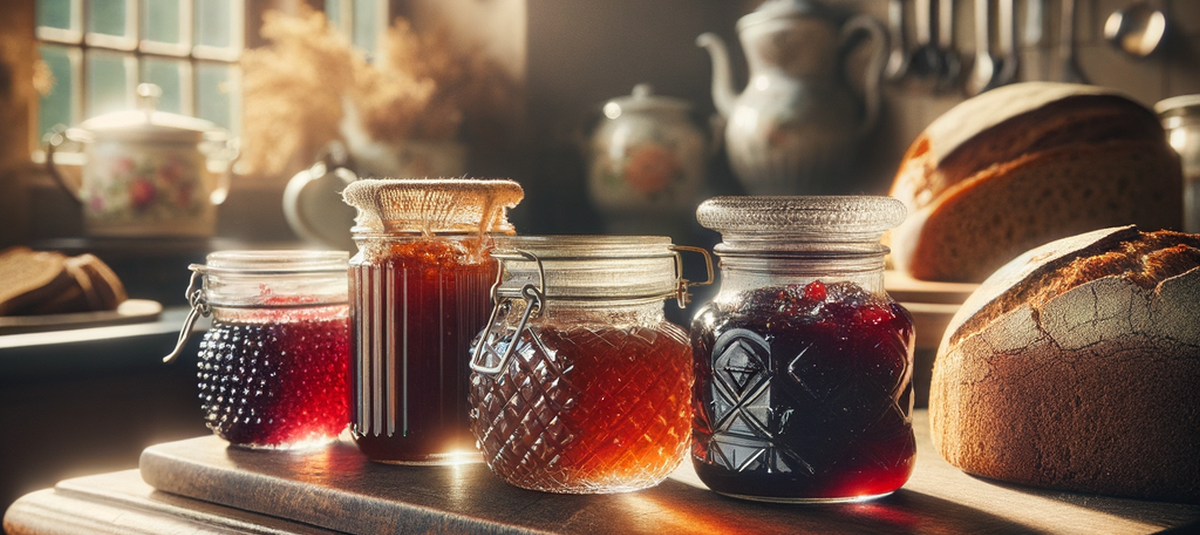
Differences and unique features of each fruit spread!
Many people often interchangeably use the terms jam, jelly, marmalade, and preserves, not realizing that they each represent a different type of fruit spread. In fact, these four are different in ingredients, preparation methods, texture, and usage. This article aims to explore the differences and unique features of each fruit spread and provide some suggestions on how to best enjoy them.
Understanding the Basics: Jam, Jelly, Marmalade, and Preserves
Jam is a thick spread made from fruit pulp or crushed fruit combined with sugar and pectin. This gives jam a rich, fruity flavor and a chunky texture since it often contains seeds and pieces of fruit. In contrast, jelly is a clear or translucent fruit spread made from sweetened fruit juice and pectin, resulting in a smooth and firm texture.
Marmalade differs from the rest as it is traditionally made with citrus fruits. It combines the fruit, sugar, water, and sometimes pectin. Marmalade uses the whole fruit, including the peel, giving it a bitter-sweet taste and a chunky yet gel-like consistency. Preserves, on the other hand, are fruits cooked in sugar, where large pieces of the fruit, or the whole fruit in the case of berries and grapes, are suspended in a firm jelly or less-gelled syrupy base.
Despite their differences, all four spreads undergo a similar basic process—fruit is cooked with sugar and water, then boiled until it reaches the desired consistency. The amount and form of fruit used, type of sugar, pectin source, cooking time, and method of storage all affect the final product’s texture, flavor, and shelf life.
A Closer Look: Distinct Features of Jam, Jelly, Marmalade, and Preserves
Though they all result from a similar process, a closer examination of jams, jelly, marmalades, and preserves reveals their distinct features. Jam’s defining characteristic is its chunky texture, which comes from the inclusion of crushed fruit or fruit pulp. This gives jam a more robust and fruity flavor compared to the other spreads.
Jelly, in contrast, is known for its clear, bright appearance and smooth texture. It’s made from fruit juice, so it doesn’t contain any pieces of fruit. Its pure, sweet, and slightly tart flavor is loved by many. Marmalade, with its bitter-sweet flavor, is easily distinguishable due to the inclusion of citrus peels. These peels not only lend a unique taste but also create a gel-like consistency.
Preserves are the most fruit-forward of all. They contain whole fruits or large fruit chunks in a syrup or jam. The fruit pieces are often large and noticeable, giving preserves a chunky texture similar to jam but with a fresher and more intense fruit flavor.
Understanding Differences: Usage and Pairing Suggestions for Each Type
Each type of fruit spread has its best uses and pairings. Jam, with its chunky texture and rich flavor, is perfect for spreading on toast, stirring into yogurt, or drizzling over desserts. Jelly, on the other hand, with its smooth and firm texture, is great for a classic peanut butter and jelly sandwich, as a filling for pastries, or as a glaze for meat.
Marmalade, with its distinctive bitter-sweet flavor, is traditionally spread over toast or scones but can also be used as a glaze for meat, particularly poultry and pork. It also pairs well with strong cheeses. Preserves, given their intense fruit flavor and large chunks of fruit, are a wonderful addition to oatmeal, ice cream, or yogurt. They can also be served with cheese and crackers for an easy appetizer or used as a filling for pastries and cakes.
Unleash Your Inner Gourmet: Explore Jam, Jelly, & Marmalade Pairings!
There’s nothing quite as delightful as a well-crafted spread on a slice of fresh and aromatic bread. The sweetness of jams, jellies, and marmalades, when paired with the right cheese, simply creates a symphony of flavours that’s sure to impress anyone, thus the importance of knowing the differences in them. For example, the fruity and tart notes of raspberry jam beautifully complement the creaminess of Brie cheese. On the other hand, a robust marmalade with its citrusy punch can enhance the salty and earthy flavours of a fine, aged Cheddar.
Now, if you’re looking to add a touch of elegance to your cheese board, consider going for a jar of fig jam. This sweet delight pairs excellently with both soft cheeses like Camembert as well as harder ones like Manchego, creating a balance of flavors that’s sure to make your taste buds sing. Similarly, a blackberry jelly, with its deep, rich flavour, could be a fantastic partner for a tangy goat cheese. The key is to experiment and find your favorite combinations!
In conclusion, while jam, jelly, marmalade, and preserves are all sweet, fruity spreads that look similar, they each have unique characteristics and uses. Understanding these differences can help you make better choices in the grocery aisle and in your cooking. Whether you prefer the chunky texture of jam, the smooth clarity of jelly, the bittersweet complexity of marmalade, or the fresh fruitiness of preserves, there’s a fruit spread for every palate and purpose.
Interested in learning how much fun it can be to explore the uses of jams, jelly, and marmalades? Check out our book “Beyond The Bread,” available in both print and Kindle.
- Understanding Differences: Jam, Jelly, Marmalade, and Preserves - April 14, 2025
- Journey Into Nostalgia: The Genesis of LunaGrown - March 27, 2024
- Discover the Delightful Charm of LunaGrown Jam Today! - March 10, 2024
